LOOKING TO SPONSOR THIS WEB PAGE?
PLEASE EMAIL DENISE@MICHSAFETYCONFERENCE.ORG
Sponsorship is $200.00 and non-exclusive
Tuesday, April 15, 2025
10:15 am – 11:15 am
Program details will be available in the late fall
Speaker
Program Description.
11:30 am – 12:30 pm
Program details will be available in the late fall
Speaker
Program Description.
1:45 pm – 2:45 pm
Program details will be available in the late fall
Speaker
Program Description.
3:30 pm – 4:30 pm
Program details will be available in the late fall
Speaker
Program Description.
Wednesday, April 16, 2025
9:00 am – 10:00 am
Program details will be available in the late fall
Speaker
Program Description.
10:15 am – 11:15 am
Program details will be available in the late fall
Speaker
Program Description.
12:30 pm – 1:30 pm
Program details will be available in the late fall
Speaker
Program Description.
1:45 pm – 2:45 pm
Program details will be available in the late fall
Speaker
Program Description.
3:00 pm – 4:00 pm
Program details will be available in the late fall
Speaker
Program Description.
Division Members
Chairperson
Byron Beattie
Response EHS Management, Consulting
and Training, LLC
John Brennan
JB Safety Consultant, LLC
Eva Hatt
Hardhatt Safety Consulting & Training, LLC
Allen Mejan
Hastings Air Energy
Christopher Morano
Consultant


